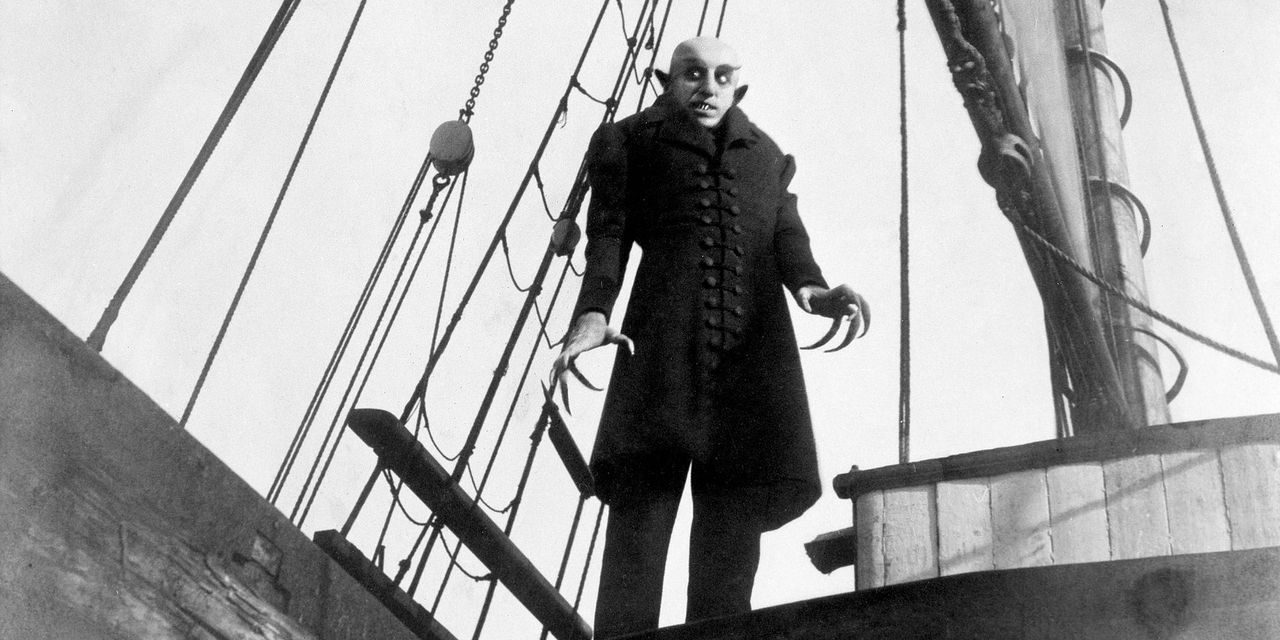Movie villians: Why do we end up loving them?
Ever since the days of Buster Keaton and Charlie Chaplin, a pantheon of archenemies, Machiavellian schemers, and beings of pure evil emerged to treat audiences of all genres of movies. From the insane magician Dr. Caligari in Germany’s 1920 silent horror film The Cabinet of Doctor Caligari, to Disney’s humorously charming iteration of Captain Hook in 1953’s Peter Pan, to the Dark Lord of the Sith, Darth Vader, in Star Wars, then to the film nerd origins of Ghostface from 1996’s Scream, and into the present day with pop-culture-dominating icons such as Marvel’s Thanos, there have been plenty of villains of all shapes and sizes for audiences to watch their heroes go against.
However, we must first examine the question of what a villain is. A villain often serves as the antagonist of a film (in other words, the main force attempting to prevent the hero from reaching their goals). Not every antagonist is a villain: for example, Tommy Lee Jones’ US Marshall, Sam Gerard, from 1993’s The Fugitive spends the majority of the film attempting to capture protagonist Richard Kimble (played by Harrison Ford), however Gerard is not considered a villain as while he and Kimble find themselves in conflict, he is attempting to uphold the law which is considered by society to be a good intention.
Where Po represents humbleness, hard work, patience, and loyalty, his opposite, Tai Lung, represents selfishness, violence, and destruction
A villain is often something much more specific, in that they represent the opposing values to those of the protagonist. Take, for example, Tai Lung from 2008’s Kung Fu Panda, Po (our protagonist) initially refuses to believe he is the prophesied Dragon Warrior and only through obligation to prevent the destruction of his home does he train to become a Kung Fu Master, giving him access to the sacred Dragon Scroll. Where Po represents humbleness, hard work, patience, and loyalty, his opposite, Tai Lung, represents selfishness, violence, and destruction, hell-bent on being the one to get the Dragon Scroll. Ian McShane’s performance provides a character who is intimidating, but also has a unique charm which displays a dangerous confidence. Alongside his sympathetic backstory of being trained until his ‘bones cracked’, Tai Lung is made more three-dimensional. The audience is kept engaged with the villain’s story, alongside that of the hero, with the additional opportunity to identify parallels in the challenges the hero has overcome and where his opposite has fallen.
Perhaps a contributing factor to the love for villains can be attributed to the specific additions by the actors who play them. Matthew Lillard’s performance as one of the brains behind Scream’s Ghostface, Stu Macher, earned him a cult following and propelled him to other roles, such as his iconic turn as Shaggy in 2002’s Scooby-Doo. Famously ad-libbing multiple lines, the character served as both one of the film’s main villains, as well as comedic-relief with many in the film’s fanbase (and Lillard himself) insisting that Stu is alive as an excuse for the character to make a return (and indeed Lillard will return to the series in the next Scream instalment, though it is not known in which role). Captain Barbossa from 2003’s Pirates of the Caribbean: The Curse of the Black Pearl delivered an iconic performance as a competent villain with amazing one-liners and intelligent schemes, all matched with a cruel ruthlessness against those in his way. Geoffrey Rush’s performance would also become iconic, and the character would return in a supporting role in later films where he would be redeemed but still act as a rival to Johnny Depp’s Captain Jack Sparrow.
A good film knows that a villain must be matched by its protagonist, and a villain’s charm is a useful metric to determine who the audience is rooting for
The most popular villains, such as those mentioned, often have in common the fact that they are portrayed with enthusiasm by the actors who play them, while having notable lines and moments. There is something satisfying about watching them crack jokes and be sarcastic, as it adds a human element to them, while also demonstrating their intelligence and why they must not be underestimated. A good film knows that a villain must be matched by its protagonist, and a villain’s charm is a useful metric to determine who the audience is rooting for. The audience should not want these villains to succeed; however, we do enjoy their presence and the challenge they give to the hero. There are some villains audiences want to survive to live to fight another day; in fact, Walt Disney requested Captain Hook not be eaten at the end of his Peter Pan adaptation, as he felt audiences would like the character so much, they would not want to see him die. Other fan favourites are given satisfying conclusions, such as Darth Vader’s redemption in 1983’s Return of the Jedi or are subjected to some form of justice for their crimes with love-to-hate villains such as Hans Landa in 2009’s Inglorious Bastards.
Overall, our love of villains is complicated. Sure, they are evil; however, the hero must always have a challenge to overcome, and a villain is an effective way of embodying this. As such, they must be as entertaining as the hero and an entity we eagerly anticipate seeing the former face off with, or be shocked when they step out of the shadows for the final showdown.

Comments